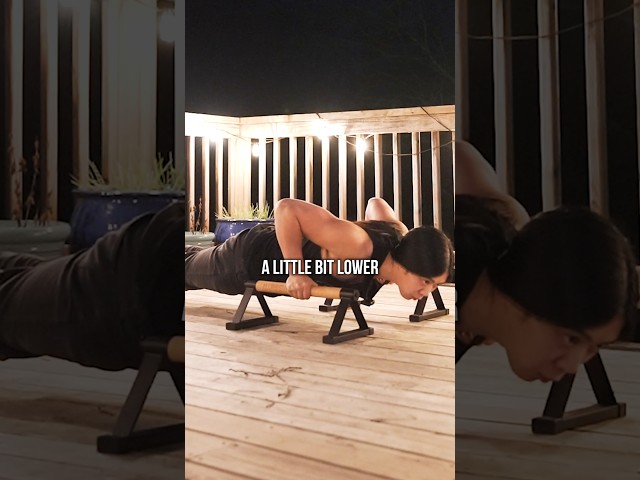The Basics of Pulling Movements
When it comes to strengthening your upper body, pulling movements are essential. These exercises, broadly classified into vertical and horizontal pulls, target the back, shoulders, biceps, and even the core. Understanding the differences and benefits of each can help you optimize your workout routine.
Exploring Vertical Pulling Movements
Vertical pulling movements generally involve pulling a weight or your own body weight in a vertical direction, relative to your torso. Classic examples include pull-ups, chin-ups, and lat pull-downs. These exercises predominantly engage the lats (latissimus dorsi), along with the biceps and trapezius.
Benefits:
- Lat Development: Vertical pulls are excellent for developing wide, strong lats, contributing to that coveted V-taper appearance.
- Shoulder Health: They help improve shoulder mobility and flexibility if performed with good form.
- Versatility: Many variations and progressions make them suitable for all fitness levels.
Diving into Horizontal Pulling Movements
Horizontal pulling exercises involve pulling a weight toward your body in a horizontal plane. Rows, such as bent-over rows, seated cable rows, and inverted rows, are perfect illustrations of this movement. These exercises are critical for the middle and lower trapezius, rhomboids, and rear deltoids.
Benefits:
- Postural Improvements: Horizontal pulls can aid in correcting posture by strengthening the muscles responsible for retracting the shoulder blades.
- Balanced Back Development: They ensure balanced development of the back muscles, essential for overall strength and injury prevention.
- Functional Strength: These movements mimic everyday actions, such as pulling open a door or rowing a boat, enhancing practical strength.
Comparing the Two: Which is Better?
The debate over whether vertical or horizontal pulling is superior often depends on individual goals and needs. If you are aiming for wider, larger lats, vertical pulling might be your priority. However, if your goal is to enhance posture and shoulder stability, horizontal pulling could take precedence. It’s important to recognize that both types of pulling complement each other and should ideally coexist in a balanced workout regimen.
Integrating Both for Maximum Benefit:
- Comprehensive Back Workout: Incorporating both vertical and horizontal pulls ensures a well-rounded development of the upper back muscles.
- Injury Prevention: Balanced pulling routines reduce the risk of muscular imbalances, which can lead to injuries.
- Flexibility and Strength Gain: By mixing these exercises, you gain a blend of flexibility, strength, and endurance.
Sample Workout Plan
Here’s a simple way to include both vertical and horizontal pulling into your weekly routine:
- Day 1: Focus on vertical pulls such as pull-ups or lat pull-downs.
- Day 3: Integrate horizontal pulls like barbell rows or seated cable rows.
- Day 5: Combine both for a comprehensive session – mix pull-ups with inverted rows.
Listen to your body and adjust the volume and intensity according to your capacity and fitness level. Building strength takes time, consistency, and a balanced approach across all planes of movement.
Ultimately, the most effective workout strategy includes a harmonious blend of both vertical and horizontal pulling exercises, tailored to suit your unique fitness journey.











Discussion about this post